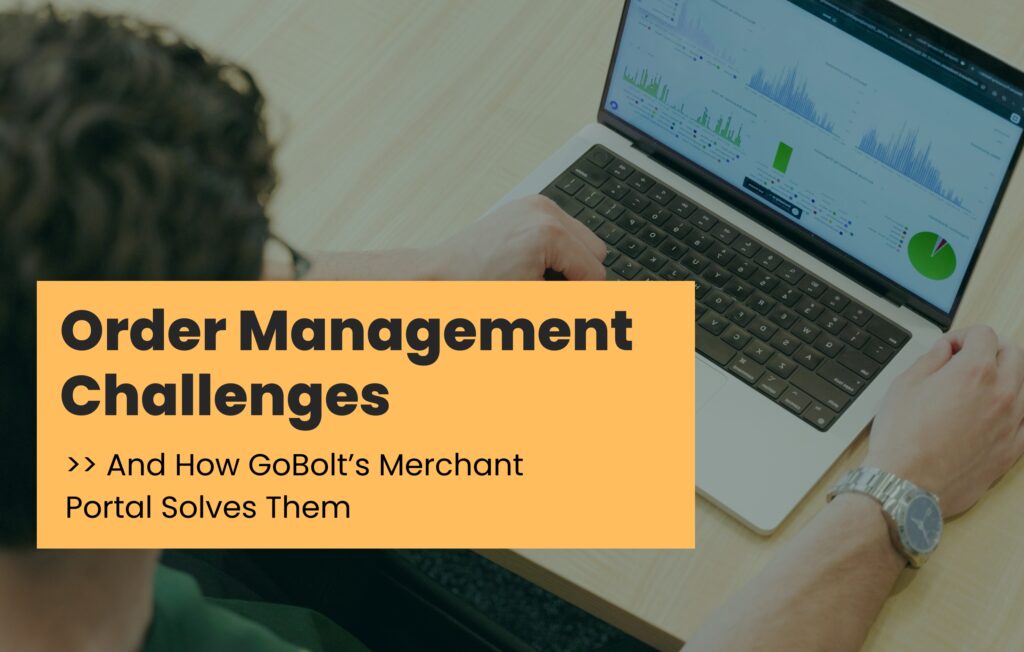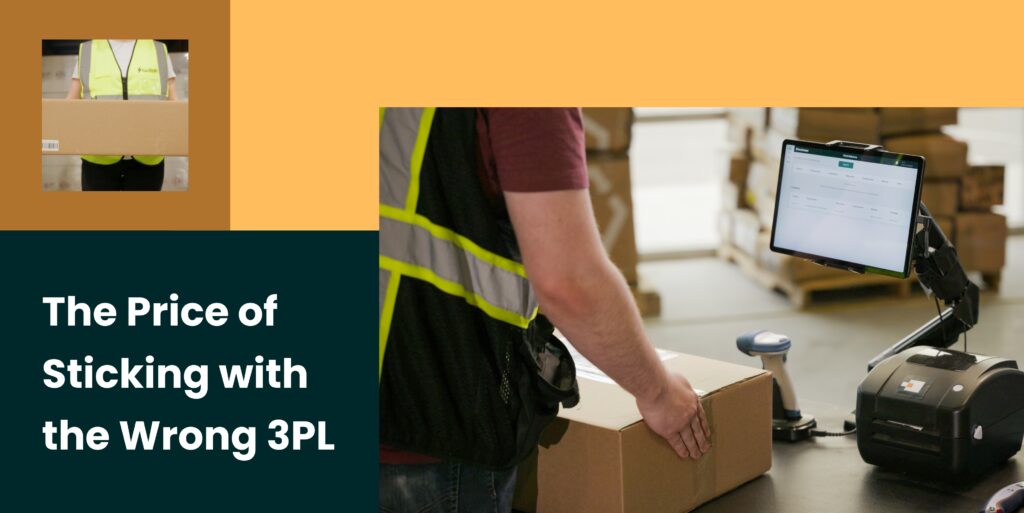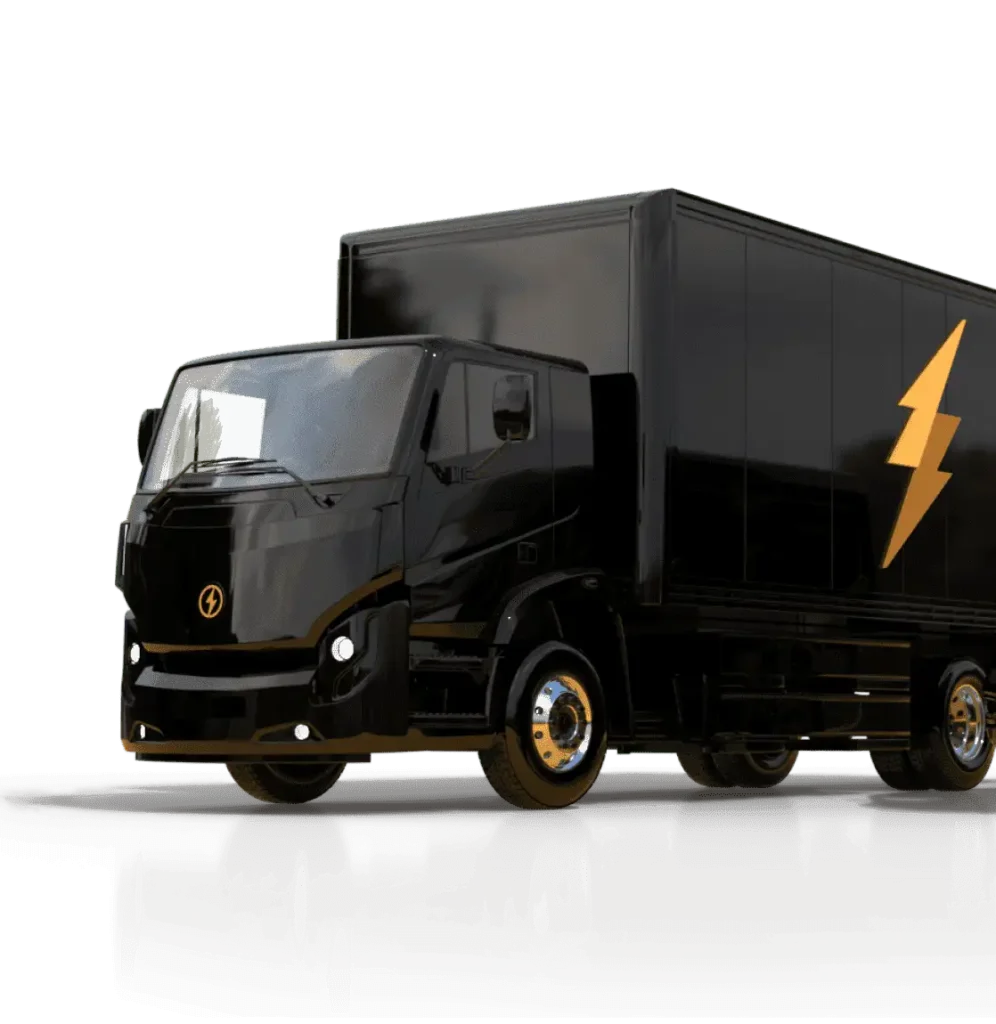Shopper expectations are high, especially where customer service is concerned. Today, they expect swift, convenient, and effective service on everything from order issues, to shipment tracking, and returns. They want to connect with brands via their preferred channel and see quick resolutions to their issues. Anything less leaves them feeling frustrated, disappointed and more likely to shop elsewhere if a brand falls short.
- Last year, some 60% of customers reported having higher service standards than the year prior.
- 92% of consumers agreed that a positive customer service experience makes them more likely to make a repeat purchase with a brand (Salesforce)
- 61% of customers said they would ditch a brand for a competitor after only one bad experience while 76% would jump ship after two negative experiences (Zendesk)
With customer service now a key differentiator, the stakes are high for brands to elevate their service experiences. So, how can a third-party logistics partner (3PL) leverage technology and logistics data to help brands elevate their customer support program to boost customer service and satisfaction? To find out, we reached out to GoBolt’s VP of Customer Success. Here’s what he had to say:
What are the top issues impacting customer support programs today?
The top issue and biggest question in support today is: how can a brand service shoppers 24 hours a day, seven days a week, across all time zones and channels, on a fixed budget?
Shoppers want efficiency and minimal interaction with customer support teams. They want interactions when, where and how it’s convenient for them whether it’s via phone, email, text or social media. That’s possible when brands and their logistics partners provide an omnichannel support experience. What makes delivering an omnichannel experience difficult is the budget. That ties in all areas of the business so support teams can get answers quickly and offer fast resolutions. By delivering this convenient experience that shoppers want, brands can drive up their Net Promoter Score (NPS) and customer satisfaction. When they struggle to do this, their customer satisfaction will dip.
What factors lead to a well-run customer support program?
There are really three things. If you can do these really well, you’re going to be in a good spot from your shopper’s point of view. That is, you can make your brand easy to shop with. The first is ease of contact. Shoppers want to do business and interact across different channels. If a brand can facilitate this at a low cost, it can drive a successful support model where shoppers are heard — and from a customer loyalty standpoint, that’s everything. Then, there’s first-contact resolution. If a brand has an order’s end-to-end information at the support team’s fingertips, they can resolve customer questions and concerns quickly. Lastly, proactively following up when needed. In some cases, support teams need to follow-up with customers after the issue has been resolved to ensure satisfaction. This touchpoint, whether a phone call or text, makes a big difference.
How can a brand assess the state of their support program?
A number of things show whether a support program is a success or not. For starters, brands have to understand their shoppers and their preferred communication channels. Do they tend to reach out via social media? Do they prefer chatbots? Is self-service an option or are their issues more complex and require agent assistance? Understanding these preferences enables a brand to build a support program that is operationally efficient, and using the right technology can be a competitive advantage that drives First Contact Resolution and NPS. In some cases brands can drive customers toward a specific channel that allows them to get a resolution immediately, while also keeping costs low. However, this is not about cost-cutting. The investment in support programs should be looked at as a long-term strategy that drives customer loyalty.
Another way brands can assess their support program is by analyzing data and their key metrics to understand the health of the business. Stellar customer support programs aren’t about firefighting and reacting to problems. Instead, brands should take a step back to understand what issues shoppers are having and which trends are heading in the wrong direction. From there, by differentiating what is going well and what isn’t, brands can take necessary actions to make improvements.
Where do 3PLs come into play?
Unless a brand handles its own logistics and deliveries, a 3PL is responsible for picking and packing orders and ensuring orders are delivered on time and, when needed, returned. When issues arise, like delays due to weather or items missing from an order, the brand’s 3PL doesn’t receive the customer service call from the shopper – the brand does. That’s why it’s so important that the 3PL a brand chooses to work with has a strong relationship with the customer support program and even integrates with their systems. last mile delivery is a critical component of the shopper experience. The visibility, or lack of visibility, from a 3PL, can make or break a customer support program.
What should brands ask logistics providers before committing to working together?
Brands should ask about a 3PL’s operations. Are the 3PL’s systems tied together? How much visibility will they have into their operations, and what metrics can that partner make available to a brand? Can they understand the root causes of problems for quick resolution? Can they integrate into customer support systems?
It’s also important to find out if they can leverage insights, data and analytics to inform brand partners, or their own internal operations, on broken processes and opportunities for improvement.
How can a 3PL help a brand’s customer support program run more smoothly?
Customer support teams have questions coming at them all day, every day – and each customer query is a priority. A 3PL should make it seamless for customer support to access the status of their metrics, order status, returns and so on. For example, GoBolt has a Merchant Portal that allows brands to see the statuses of their respective issues without necessarily needing to contact GoBolt. That visibility saves time, which is an invaluable benefit when customers need answers quickly.
GoBolt’s VP of Customer Success leads merchant and customer support for our last-mile and parcel deliveries. He’s at the helm of our long-term strategies to increase capabilities and boost customer experiences and is an expert on running stellar customer support programs.
Learn more about how GoBolt’s tech-forward, sustainable, third-party logistics operations help brands deliver stellar customer support experiences, by contacting our team.






